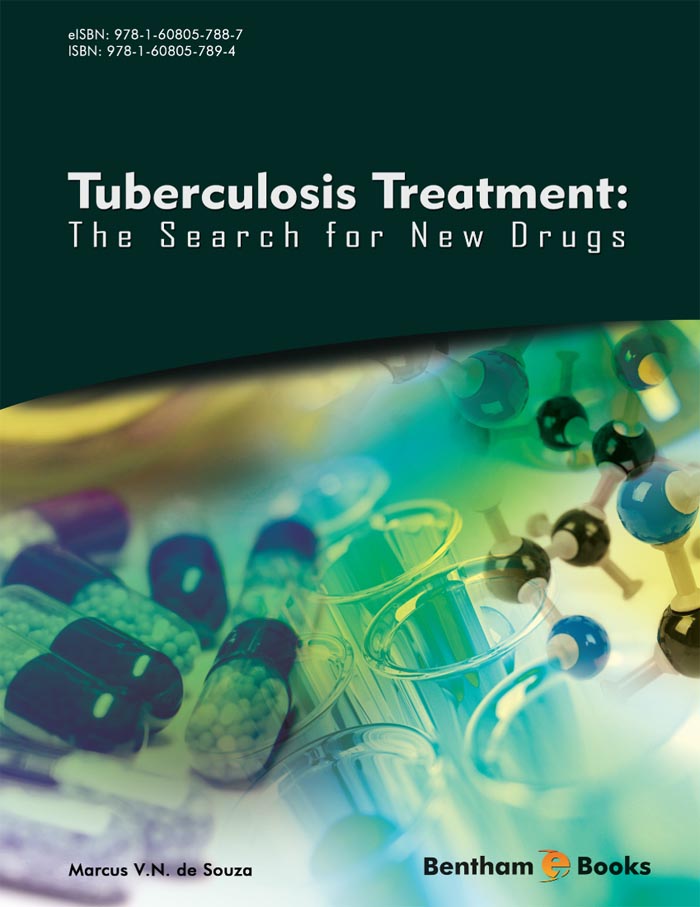Foreword
Tuberculosis has been present in humans since antiquity at the latest. The earliest unambiguous detection of M. tuberculosis was in the remains of bison dated to approximately 17,000 years ago. Skeletal remains show prehistoric humans (4000 BC) had TB, and researchers have found tubercular decay in the spines of Egyptian mummies dating from 3000-2400 BC.
The ready aerial transmission of TB results in high infection rates. One third of the world's population is thought to have been infected with M. tuberculosis, with new infections occurring in about 1% of the population each year. In 2007, there were an estimated 13.7 million chronic active cases globally, while in 2010, there were an estimated 8.8 million new cases and 1.5 million associated deaths, mostly occurring in developing countries.
The distribution of tuberculosis is not uniform across the globe, with by far the majority of TB cases occurring in the developing world, i.e., Africa, Asia, and South and Central America. Compromised immunity, largely due to high rates of HIV infection and the corresponding development of AIDS have been significant factors in the recent high numbers of infections. Widespread dissemination of multidrug-resistant tuberculosis and extensively drug-resistant is one of the major health issues faced by a number of countries.
A eBook on such a worrying disease, indicating new research and treatment will always be timely, especially one written by an active researcher. Dr. de Souza’s interest in TB is reflected in his many efforts and publications to find new active anti-TB compounds.
The eBook is divided into chapters, dealing with aspects ranging from historical factors and treatments, to surveys of drugs actually in current trials and to studies on potentially active compounds, either currently used in treatment of other diseases, synthesized or found in nature.
One aim of the author in writing this eBook at this time was to generate and foster new researches and efforts into tackling this major disease. An aim, which reached, will have an important impact on the disease.
Dr. J.L. Wardell
Department of Chemistry
University of Aberdeen
Old Aberdeen
AB 24 3UE
Scotland

